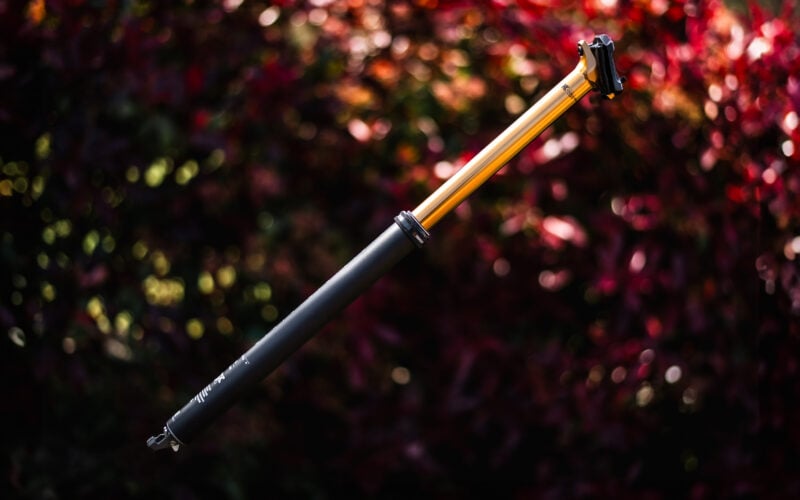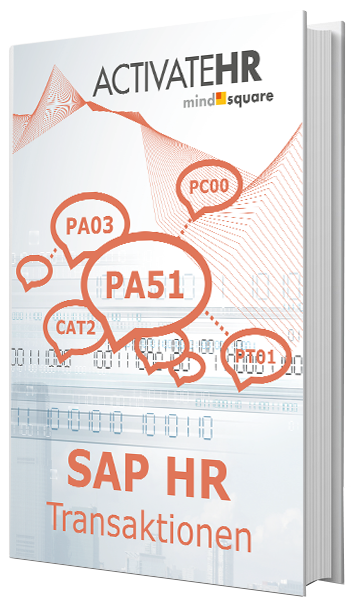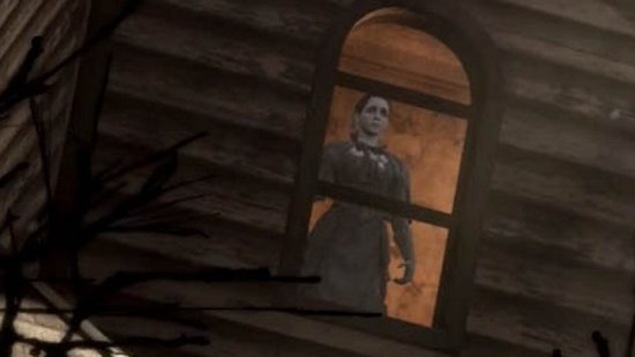Wenn Du angeben kannst, wie der x- und y-Vektor auf die zweidimensionale Zeichenebene projiziert werden, dann geht das auch halbwegs mit TikZ. Bei komplizierteren dreidimensionalen Sachen ist dann aber PSTricks sicher überlegen.
Wenn y-Achse bei Drehung um 0° nach links und die x-Achse in die Zeichenebene hinein zeigen sollen:
Open in Online-Editor
\pgfmathsetmacro\projektionx{-cos(\winkel+90)}\pgfmathsetmacro\projektiony{-cos(\winkel)}\tikzset{x={(\projektionx cm,0cm)},y={(\projektiony cm,0cm)},z={(0cm,1cm)}}

Code:
Open in Online-Editor
\documentclass[margin=5pt,tikz]{standalone}\begin{document}\foreach\winkel in {0,10,...,360}{%\pgfmathsetmacro\projektionx{-cos(\winkel+90)}\pgfmathsetmacro\projektiony{-cos(\winkel)}\tikzset{x={(\projektionx cm,0cm)},y={(\projektiony cm,0cm)},z={(0cm,1cm)}}\begin{tikzpicture}[ strichpunkt/.style={dash pattern=on 5.5mm off 2mm on .5mm off 2mm, -,line width=1pt}, achse/.style={->,blue}, punkt/.style={circle,fill,red,inner sep=0pt,minimum size=.2cm}, dreieck/.style={fill,green}, nummer/.style={inner sep=.2pt}, ] \node[anchor=south west,inner sep=0](Bild)at(1cm,7cm){\color{blue!10}\rule{8cm}{5cm}}; \begin{scope}[xshift=5cm,yshift=8cm,line width=2pt] \draw[strichpunkt] (0,0,0)--(0,4,0) (0,0,0)--(0,0,4) (0,0,0)--(0,-4,0) ; \draw[achse](0,0,0)--(3,0,0)node[above]{$x$}; \draw[achse](0,0,0)--(0,3,0)node[above]{$y$}; \draw[achse](0,0,0)--(0,0,3)node[left]{$z$}; \draw (0,4,-0.7)--(0,-4,-0.7) (0,4,0.7)--(0,-4,0.7) (0,0,-0.7)--(0,0,0.7) (0,0.7,4)--(0,0.7,0)--(0,-0.7,0)--(0,-0.7,4) ; \draw(0,0.9243,0.7)coordinate(p1)--+(0,0,.5)node[nummer,above]{0}; \draw(0,0.7,0.9243)coordinate(p2)--+(0,.5,0)node[nummer,left]{1}; \draw(0,-0.7,2.0414)coordinate(p3)--+(0,-.5,0)node[nummer,right]{2}; \draw(0,-2.0414,0.7)coordinate(p4)--+(0,0,.5)node[nummer,above]{3}; \foreach\i in {1,...,4}\node[punkt] at (p\i){}; \path[dreieck] (0,0.7,0.7)--(0,1.1243,0.7)--(0,0.7,1.1243)--cycle (0,-0.7,0.7)--(0,-0.8414,0.7)--(0,-0.7,0.8414)--cycle ; \end{scope}\end{tikzpicture}%}\end{document}



















